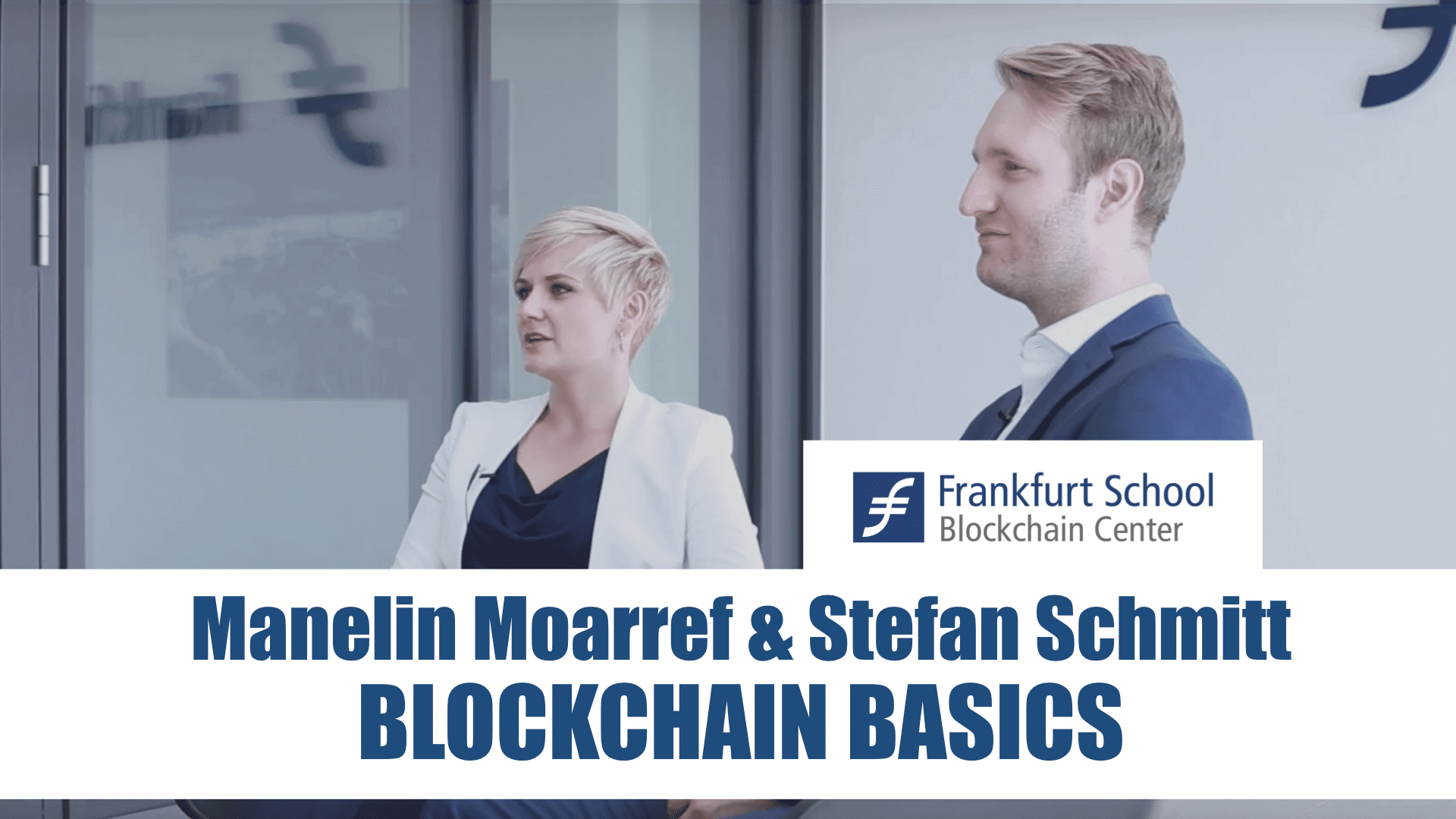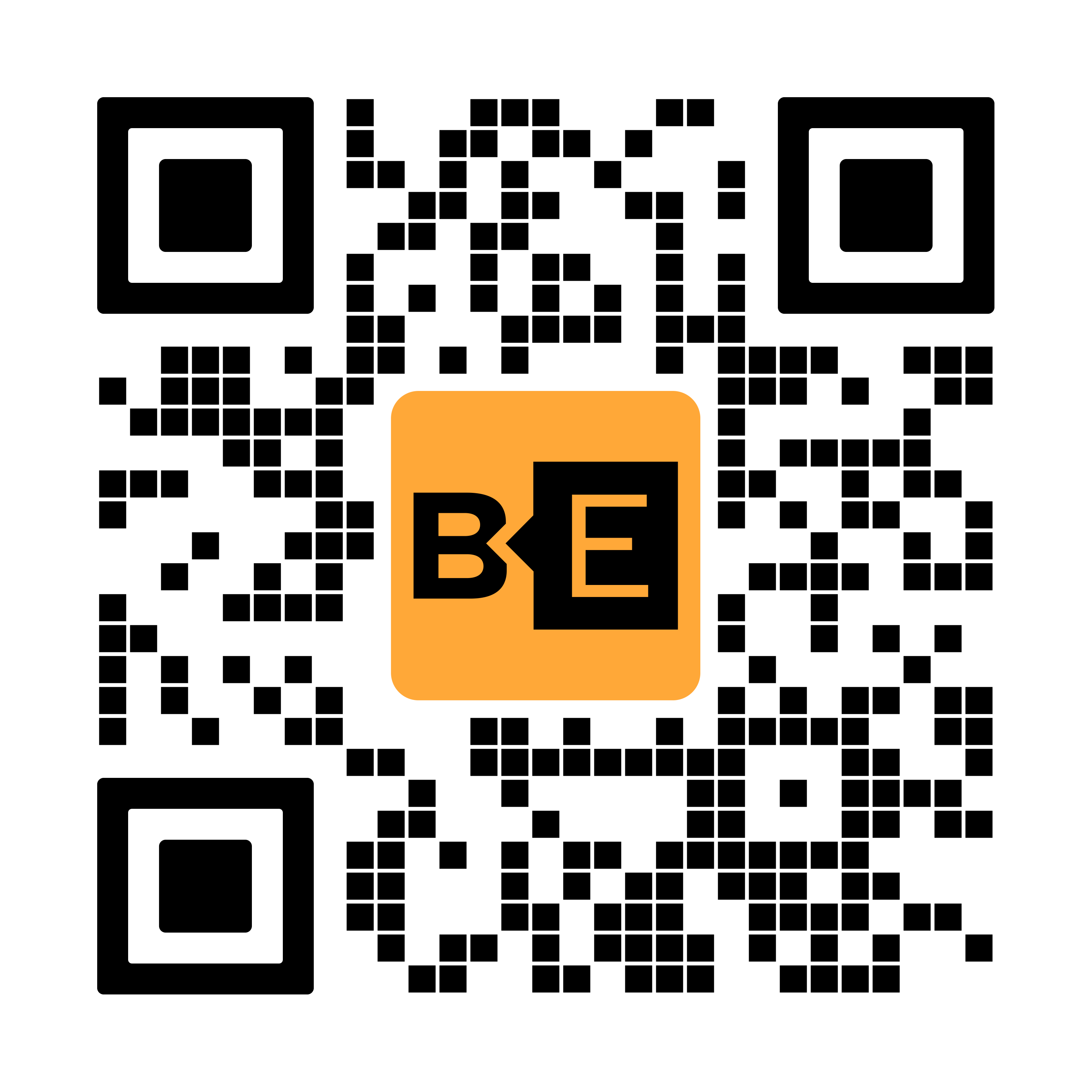Blockchain Basics
We live in a world where only one thing is constant – change. The media reports about new technologies and breakthroughs in key technologies such as Artificial Intelligence, Machine Learning, and blockchain. Often used as buzzwords, these technologies promise us huge potential to disrupt business models and our daily life. But what is it actually?
Especially for a young technology such as blockchain, it is difficult and time-consuming gathering all the necessary information as they are spread throughout the internet. To save you time, we have done the research for you and condensed all the information. In this course, we are breaking down the blockchain technology into its individual components, explain them and then reassemble the whole picture.
Learning objectives:
- Develop a solid understanding of the blockchain basics
- Provide a foundation for self-learning
- Understand important topics and current trends
Why should you take this course?
- Blockchain offers the potential to change businesses in every industry
- Condensed knowledge provides the perfect starting point
- Quizzes offer the opportunity to track your process and gain a certificate
Lecturer
Manelin Moarref is an MSc. project manager who specializes in blockchain-based projects. Having recently completed a project in the UK – developing with an IT team a cryptographically secure payments network – she decided to move back to Frankfurt (her home city) to work with the Frankfurt School in their blockchain research center on an EU project. During her dissertation, she focused on the decision-making process in the decentralized autonomous organization (DAO) and continued writing as an author of a blockchain journey.
Stefan Schmitt works as a project manager for the Frankfurt School Blockchain Center, a leading blockchain think tank and research facility in the German-speaking area. Furthermore, he works as the manager of CASH ON LEDGER and is the Marketing & Communication Manager of the International Token Standardization Association (ITSA) e.V. Mr. Schmitt holds an MSc. in Finance from the Frankfurt School of Finance and Management.
- Visual Capitalist (2018): How Many U.S. Dollar Bills Are There in Circulation?
https://www.visualcapitalist.com/many-u-s-dollar-bills-circulation/ - Telegraph (2014): The history of money.
https://www.telegraph.co.uk/finance/businessclub/money/11174013/The-history-of-money-from-barter-to-bitcoin.html - National public Rad (2010): The island of stone money.
https://www.npr.org/sections/money/2011/02/15/131934618/the-island-of-stone-money?t=1566022288628 - Feldman, D. (1985): Die Nachwirkungen der Inflation auf die deutsche Geschichte 1924 – 1933.
http://www.historischeskolleg.de/fileadmin/pdf/kolloquien_pdf/Kolloquien06.pdf - Thurner, Thomas & Coomer, Jayson (2011): The hyperinflation in Zimbabwe. The Quarterly Journal of Austrian Economics. 14. 311.
- McManus, J., Floyd, D., Majid, M. S. A., & Kassim, S. H. (2009): Impact of the 2007 US financial crisis on the emerging equity markets. international Journal of Emerging markets.
- McKinsey (2018): Blockchain explained: What it is and isn’t, and why it matters.
https://www.mckinsey.com/business-functions/digital-mckinsey/our-insights/blockchain-explained-what-it-is-and-isnt-and-why-it-matters - Brown, B. (2019): Genesis Block: the first bitcoin block was mined 10 years ago today.
https://blockexplorer.com/news/genesis-block-first-bitcoin-block-mined-ten-years-ago-today/ - Nakamoto, S. (2008): Bitcoin a peer to peer electronic cash system.
https://bitcoin.org/bitcoin.pdf - Ray, S. (2018): The difference between blockchains and distributed ledger technologies. https://towardsdatascience.com/the-difference-between-blockchains-distributed-ledger-technology-42715a0fa92
- DHL (2018): Blockchain in Logistics.
https://www.logistics.dhl/content/dam/dhl/global/core/documents/pdf/glo-core-blockchain-trend-report.pdf - Lastovetska, A. (2019): Blockchain Architecture Basics: Components, Structure, Benefits & Creation.
https://mlsdev.com/blog/156-how-to-build-your-own-blockchain-architecture#targetText=As%20mentioned,%20blockchain%20is%20a,and%20who%20controls%20the%20ledger. - Baliga, A. (2017): Understanding Blockchain Consensus Models.
pdfs.semanticscholar.org/da8a/37b10bc1521a4d3de925d7ebc44bb606d740.pdf?_ga=2.21200635.1919538867.1522092864-1798624458.1520283070&source=post_page------------------ - Plug and Play (2016): Silicon Valley Bitcoin Meetup in Sunnyvale; Andreas Antonopoulos on The Monument of Immutability.
https://www.youtube.com/watch?v=h1SHF3YPrjM - Ethereum Github (2019): Ethereum Wiki on Scalability Trilemma.
https://github.com/ethereum/wiki/wiki/Sharding-FAQ#this-sounds-like-theres-some-kind-of-scalability-trilemma-at-play-what-is-this-trilemma-and-can-we-break-through-it - Szabo, N. (1997): Formalizing and Securing Relationships on Public Networks.
https://doi.org/10.5210/fm.v2i9.548 - Böhme, R., Christin, N., Edelman, B., Moore, T. (2015): "Bitcoin: Economics, Technology, and Governance."
- Buterin, V. (2014): A next generation smart contract & decentralized application platform.
http://www.ethereum.org/pdfs/EthereumWhitePaper.pdf
Masterclass Content
Ratings and Reviews

- 6 Kapitel
- 34 Lektionen
- 4 Stunden
- Englisch

.png?width=288&height=144)
.png?width=288&height=144)
